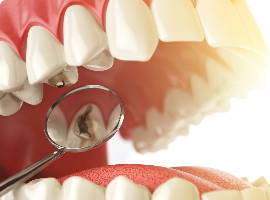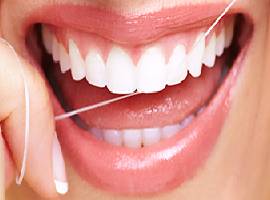Blog

December 2, 2021 | By Greg Skulman
As a 33 year practicing dentist, it still amazes me how easily and severely teeth can become decayed. Where decay occurs, teeth can be broken down into 3 basic areas.
1. Occlusal Decay (The very top, the chewing portion of the tooth)
This type of decay is the most common type and very difficult if not impossible to prevent it. The occlusal portion of all teeth has anatomical grooves that become microscopically small, rendering them impossible to clean completely. Bacteria trapped in that portion of the tooth feed on sugar and produces acids that slowly cause decay. Most people end up with at least a few of these cavities in their molar teeth. Many times these are either sealed or filled in the teenage years but can become decayed at any time.
2. Interproximal Decay (Decay between teeth where you floss)
Not as common as occlusal decay. Interproximal decay is more preventable than occlusal decay with regular flossing and limiting sugary drinks and food.
3. Class V Decay (Decay at the gumline)
This type of decay is seen more often in older patients when mouths have less saliva due to medications or just naturally less salivary production.
There are some hereditary factors involved also, such as harder enamel versus softer, more naturally occurring plaque bacteria in some than others. The answer to keeping tooth decay at bay from any tooth surface is what you have heard all your life: brush and floss regularly and limit excessive sugar consumption.


